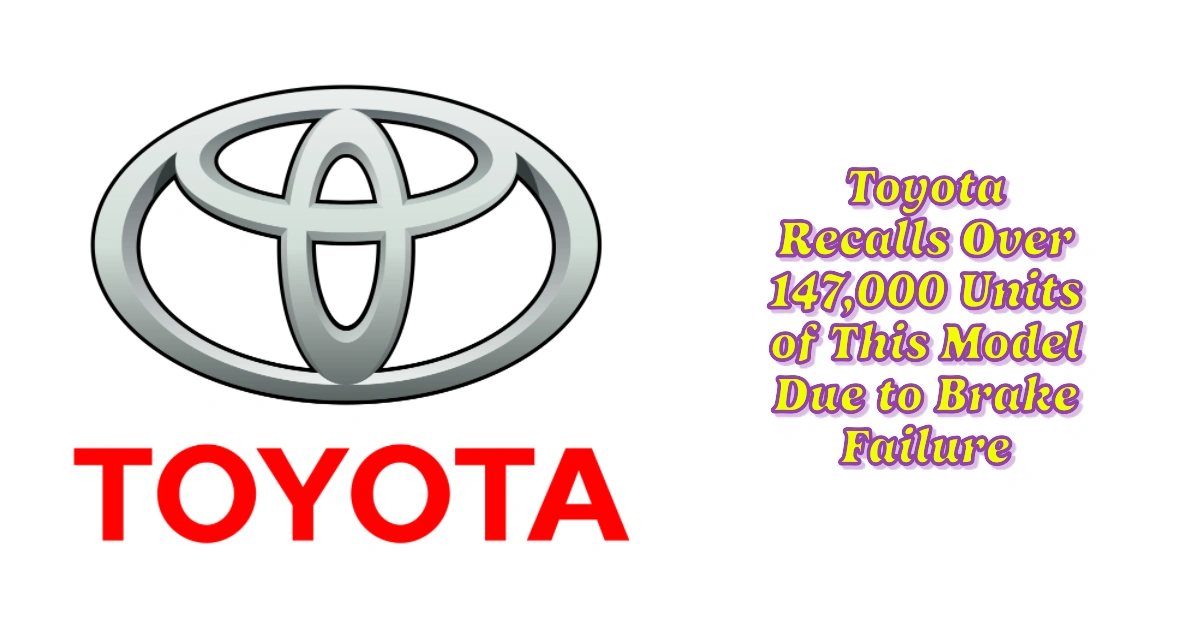Planning your contributions to a Registered Retirement Savings Plan (RRSP) is crucial to optimizing your retirement savings and minimizing your taxable income. With the 2024 RRSP deadline approaching, understanding the rules, contribution limits, and benefits can make a significant impact on your financial health. Here’s what you need to know to make the most of your RRSP.
Table of Contents
RRSP Deadline for 2024 Contributions
The RRSP contribution deadline for the 2023 tax year is February 29, 2024. This date marks the last opportunity for Canadians to contribute to their RRSP and claim a tax deduction for the previous year. Any contributions made after this deadline will count toward the 2024 tax year.
RRSP Contribution Limits for 2024
The RRSP contribution limit is based on your earned income from the previous year. For the 2024 tax year, the maximum contribution limit is 18% of your earned income from 2023, up to a predetermined annual maximum set by the Canada Revenue Agency (CRA).
- 2024 Contribution Limit: The maximum RRSP contribution limit for 2024 is $31,560.
- Unused Contribution Room: Any unused RRSP contribution room from previous years can be carried forward indefinitely. This allows you to catch up on contributions if you haven’t maximized your limits in past years.


How to Calculate Your RRSP Contribution Room
To determine your total RRSP contribution room for 2024, you need to consider the following:
- Annual Contribution Limit: 18% of your earned income from 2023, up to the annual limit of $31,560.
- Unused Contribution Room: Any unused RRSP contribution room from previous years.
- Pension Adjustments: If you have a pension plan through your employer, a pension adjustment may reduce your available RRSP contribution room.
The CRA provides a detailed statement of your RRSP contribution room on your Notice of Assessment or through your MyCRA account.
Benefits of Contributing to an RRSP
Contributing to an RRSP offers several financial advantages, including:
- Tax Deductions: Contributions to an RRSP are tax-deductible, which can reduce your taxable income for the year. This is particularly beneficial if you are in a higher tax bracket.
- Tax-Deferred Growth: Investment income earned within your RRSP grows tax-free until you withdraw it, allowing your savings to compound more efficiently.
- Retirement Security: By contributing regularly to your RRSP, you build a financial cushion for retirement, helping ensure long-term financial stability.
RRSP Conversion Options 2025: Best Ways to Convert Your Savings into Income
Converting Your RRSP to a RRIF: Essential Information You Need to Know
RRSP Canada: Benefits and Drawbacks of Retirement Savings Plan
Why Your Group RRSP is a Valuable Benefit 2024: What to Do When You Leave the Program
Home Buyers’ Plan 2025: How to Use Your RRSP for a First-Time Down Payment
Strategies for Maximizing Your RRSP Contributions
- Contribute Early: The sooner you contribute, the more time your investments have to grow tax-free. Even contributing early in the year can make a significant difference over time.
- Automate Contributions: Setting up automatic contributions from your paycheck or bank account can help you stay consistent and reach your annual limit.
- Use Unused Contribution Room: If you have an unused contribution room from previous years, consider making a larger contribution to catch up and maximize your tax deductions.
- Take Advantage of Spousal RRSPs: If you have a higher income than your spouse, contributing to a spousal RRSP can help you split your income and reduce taxes in retirement.
What Happens If You Over-Contribute?
Over-contributing to your RRSP can result in penalties. The CRA allows a $2,000 over-contribution buffer without penalties, but exceeding this amount will trigger a tax of 1% per month on the excess contribution. If you realize you’ve over-contributed, taking action promptly can help minimize penalties.
CRA Denied an Ontario Taxpayer’s RRSP Deduction due to Pension Adjustments & the Tax Court’s Ruling
RRSP Withdrawals and Tax Implications
While RRSPs are designed for retirement savings, there are specific programs that allow for early withdrawals without penalties:
- Home Buyers’ Plan (HBP): First-time homebuyers can withdraw up to $35,000 from their RRSP to purchase a home, provided the amount is repaid over 15 years.
- Lifelong Learning Plan (LLP): You can withdraw up to $10,000 per year (to a maximum of $20,000) to fund your education or training, with repayment required over 10 years.
For regular withdrawals, the amount is subject to withholding tax and must be included in your income for the year, potentially impacting your overall tax liability.
The RRSP deadline is a critical date for Canadians looking to reduce their taxable income and save for retirement. By understanding your contribution limits and planning accordingly, you can maximize the benefits of your RRSP and set yourself up for financial success in the future. Don’t wait until the last minute—start reviewing your finances now and make a plan to contribute before the February 29, 2024 deadline.
Remember, investing in your future today can lead to a more secure and comfortable retirement tomorrow.







